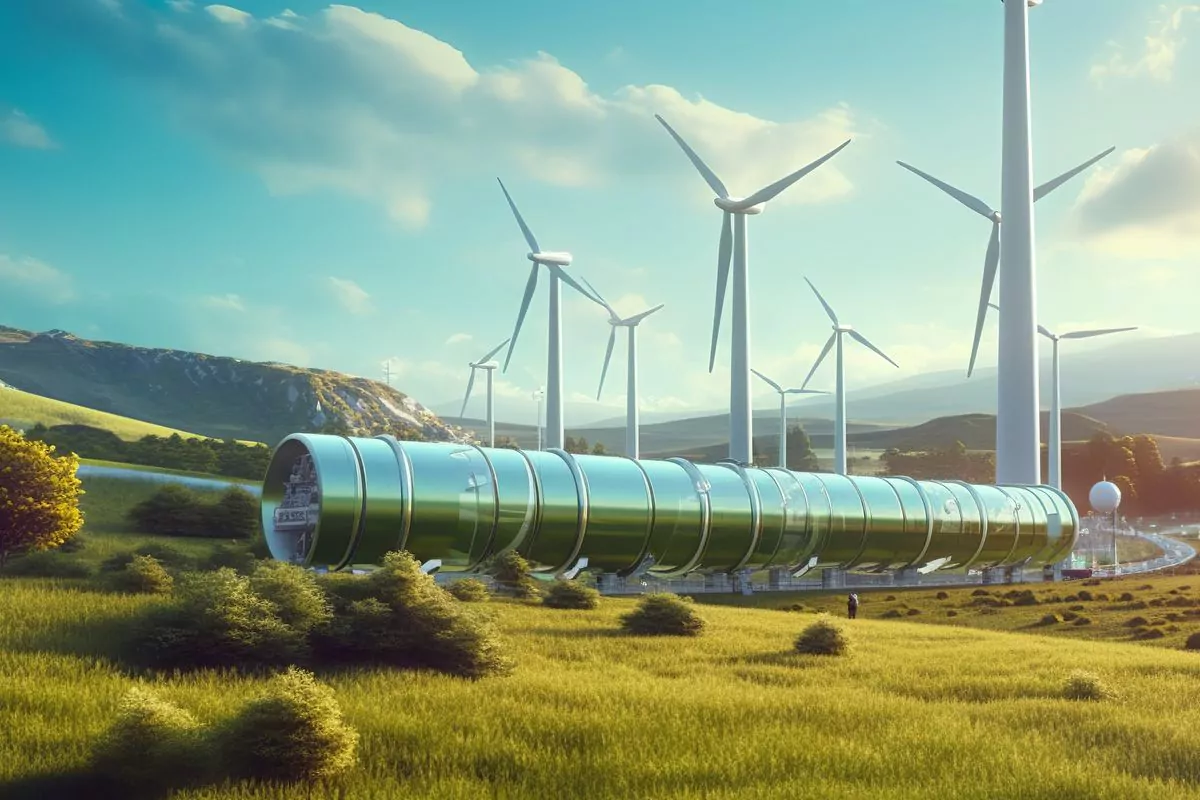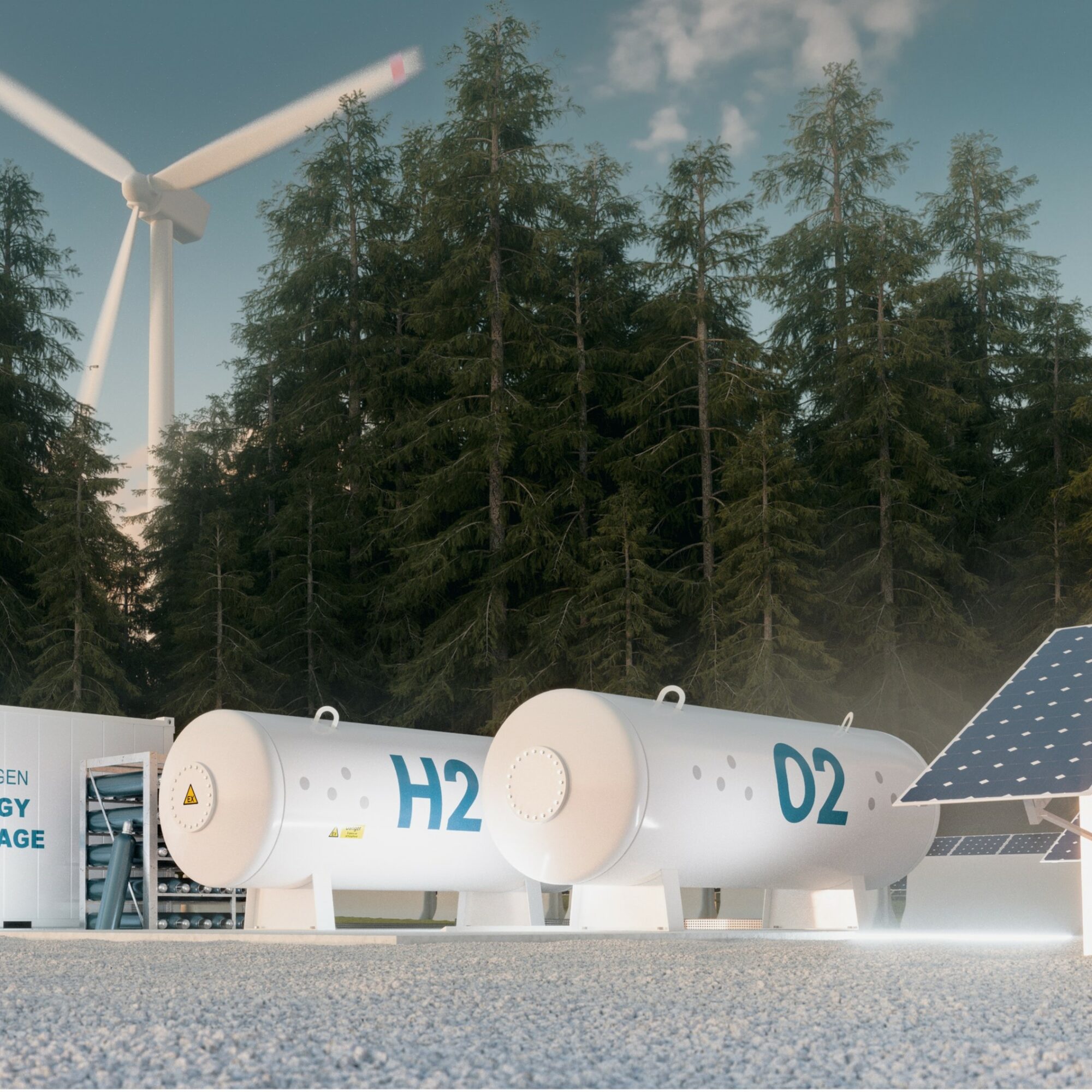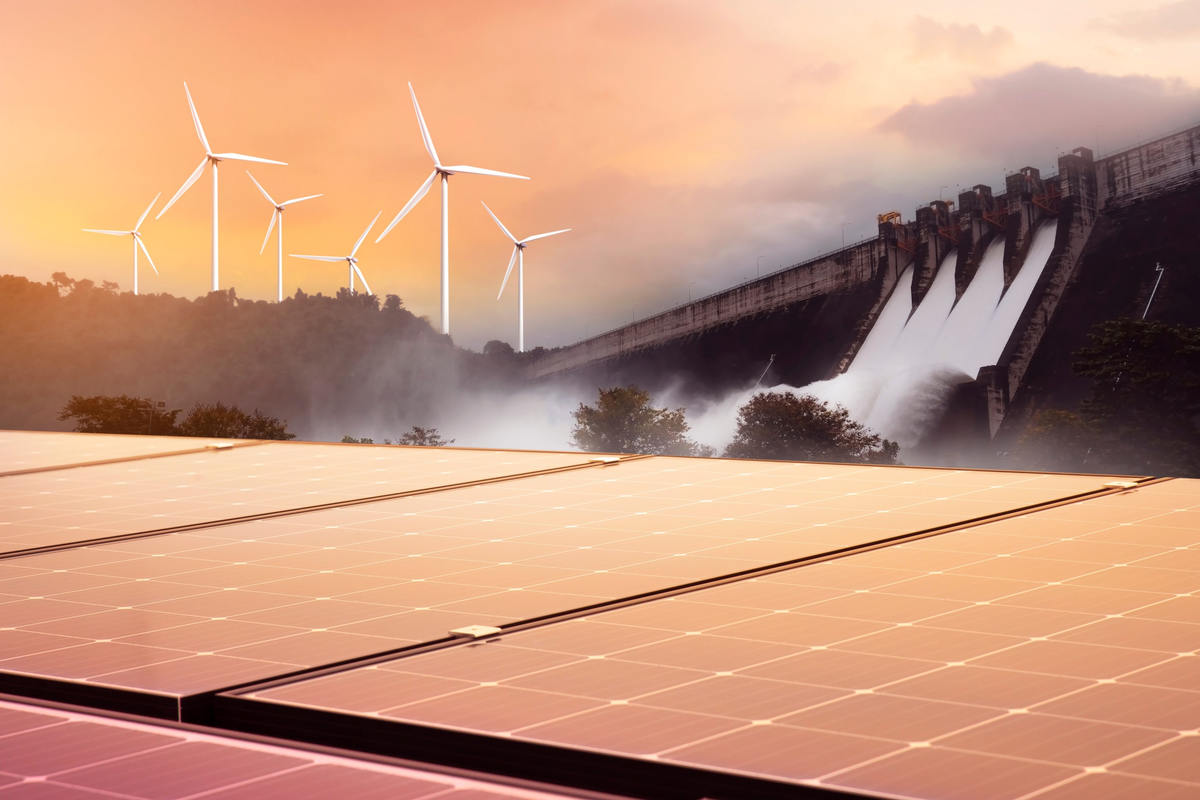Where is white hydrogen found?
One of white hydrogen’s unique features is that it can be found all over the world. However, while it is globally distributed, deposits of natural hydrogen are difficult to discover. The only scientific factors put forward by researchers to predict the sources of white hydrogen are the presence of “fairy circles” to locate deposits on land and the presence of serpentinite to locate seabed deposits. Beyond these 2 indicators, whose reliability is not airtight, nothing today allows us to predict or locate deposits and estimate worldwide reserves.
Indeed, many experts are reluctant to comment on the quantities of natural hydrogen available on Earth. In fact, if the few estimates available in the literature are anything to go by, estimated reserves range from covering just a few percent of global demand to fully covering current hydrogen demand worldwide. Given the current lack of consensus, it is therefore impossible to say what share native hydrogen could supply in a few years’ time.
What are the advantages of white hydrogen?
Continuous production thanks to rapid regeneration
Continental hydrogen is found at depths ranging from a few hundred meters to over 4,000 meters. Consequently, the techniques used to extract it are very similar to those used for groundwater or oil. One of the key advantages of native hydrogen extraction, as opposed to oil extraction, is that its production would be continuous. This is because white hydrogen’s regeneration time is about 10 years. However, while natural hydrogen offers these advantages, no industrial-scale white hydrogen production facilities have operated for more than a few years. As a result, little white hydrogen specific industrial know-how exists.
A competitive price compared with grey and green hydrogen
The projected cost of extracting native hydrogen, €0.5 – €1/kg, is now competitive with the production of grey hydrogen (hydrogen from natural gas), which prior to the Russian-Ukrainian war was estimated to cost between €0.9 and €3/kg. After the war, this cost has doubled to €6/kg due to rising gas prices. White hydrogen is also cost competitive with green hydrogen or hydrogen produced by the electrolysis of water. While green hydrogen’s costs are expected to fall, its current price range is between €2 and €7/kg. These cost comparisons make natural hydrogen a legitimate competitor to established sources. In addition, helium is often a co-product of natural hydrogen, and its market price ranges from €30 to €70/kg. This co-product should make natural hydrogen deposits even more profitable.
Find out more about how our team can support you in your hydrogen projects >
Who are the players involved in the first white hydrogen projects?
Only one company is currently offering natural hydrogen and exploiting a deposit to produce energy. This is Hydroma, a Canadian company, which offers free electricity to the inhabitants of Bourakébougou, a Malian village close to a deposit.
Industrial groups in the energy sector as well as players in the oil & gas industry, such as BuruEnergy, TotalEnergies and Engie, are positioning themselves on projects. However, these players are operating at the early stages of development, mostly by obtaining exploration permits to locate and assess the size of potential deposits and performing research on scaling-up production to industrial scales.
Numerous start-ups are emerging and positioning themselves in these areas, notably in France with 45-8 Energy and TB-H2 Aquitaine, and in Australia with Gold Hydrogen and H2EX. Australia is very active in this field, with over 35 permits already completed in the south of the country alone.
What does the future hold for white hydrogen?
If reserves are substantial, natural hydrogen has every chance of becoming a widespread part of the future energy landscape. There are many reasons for this. White hydrogen has all the known advantages shared by all hydrogen sources, its price is competitive vs. grey and green hydrogen, its production emits very little CO2 compared with grey hydrogen, and finally, it is a good way for players in the oil & gas industry to diversify their activities and add value to their industrial facilities. Finally, deposits are spread across the globe, which is an asset in a geopolitical context where countries are seeking to strengthen their energy independence.
In conclusion, although the industrial exploitation of natural hydrogen is not yet a reality, it could become one in the next few years. If this new resource sounds like an opportunity for you, or could be, don’t hesitate to contact our team!
About the author,
Guillaume, Project Manager in Alcimed’s Energy Environment Mobility team in France



